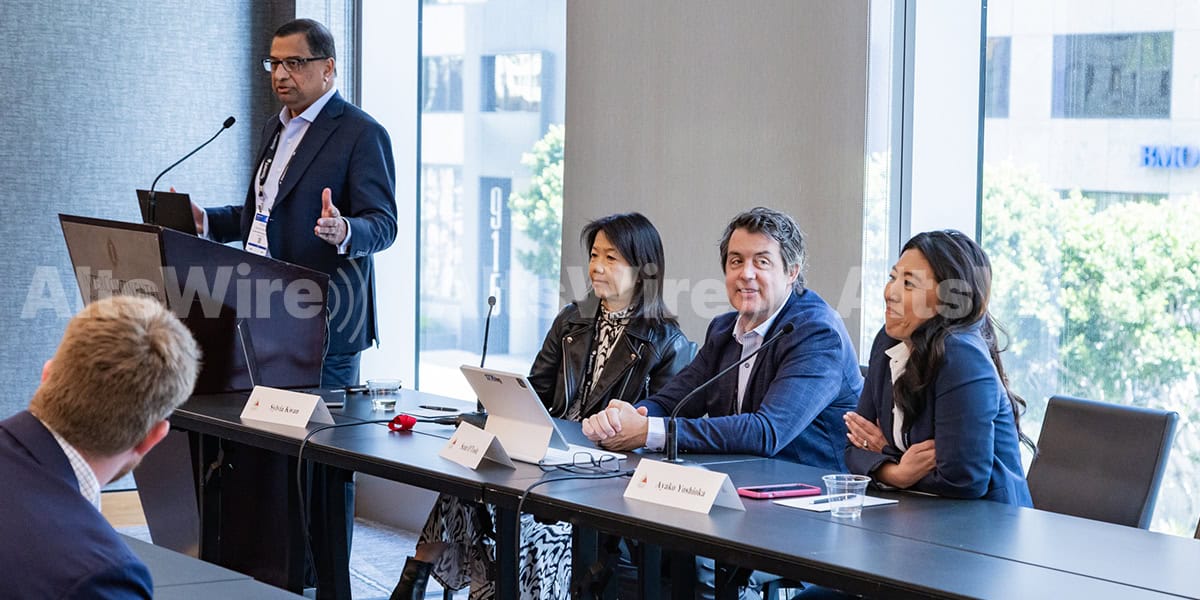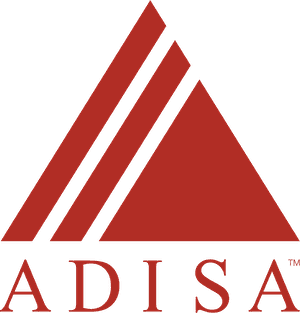RIAs Detail Approach to Alts, Emphasizing Diversification, Diligence, and Education


For registered investment advisers, incorporating alternative investments into client portfolios requires a sophisticated, client-centric strategy built on diversification, rigorous due diligence, and extensive education. That was the central message delivered by RIA executives during a panel discussion at ADISA’s 2025 Spring Conference held last week in downtown Los Angeles.
The session, “Implementation of Alts Within RIAs,” moderated by Rizwan Ibrahim of Accretive Wealth Management, featured insights from Sylvia Kwan, chief executive officer and chief investment officer of Ellevest, a firm focused on intentional investing for women and families; Sean O’Toole, CEO of 1776 Wealth, an RIA offering integrated wealth services since 2017; and Ayako Yoshioka, portfolio consulting director and senior investment strategist with Wealth Enhancement Group, an RIA aggregator actively building its alternatives platform.
Philosophy: Beyond Traditional Markets
Panelists agreed that alternatives serve primarily as diversifiers. “We strongly believe that alternatives can be great diversifiers,” Kwan affirmed. “We look for those that have low or no correlation to what is going on in the public markets in order to offset equity risk. We look for sources of return that come from something other than the bond markets and equity markets.” She added that while diversification is key, Ellevest also considers returns and impact, “particularly impact investing.”
Yoshioka emphasized a foundational approach: “We try to take it back to the basics of why are we picking alternatives? Why is this a good fit for a client? We look at risks and rewards for the client, and the client’s objectives.” Like Kwan, she cited diversification, return enhancement, and income generation as key drivers.
O’Toole described 1776 Wealth’s strategy as highly personalized. “For us, it’s always solutions-based,” he explained. “The smaller your book, the more you focus on the individual client… When we use alternatives, we don’t have a point valuation where everyone has a certain amount of them. It’s customized. What do they need and why, and when do they need it?”
Implementation: Balancing Needs and Structures
Aligning specific investments with client goals is paramount. Kwan noted Ellevest’s “goals-based” process. “What is the purpose of the portfolio? What are the liquidity needs, the cash-flow needs, and the tax considerations?” she asked rhetorically. “If a client needs income… we make sure those sources of income are not all dependent on a single set of economic factors.” She pointed to private credit as an example, noting, “We have strategies in private credit that have nothing to do with what the Fed is going to do.”
Yoshioka detailed the practical considerations when selecting alternatives, including “opportunity sets, liquidity needs, accreditation, tax considerations, fund structures, and the client experience.” She highlighted differing client needs based on AUM. “The smaller the client AUM level, the less likely they are going to be comfortable with capital calls and K-1s,” she observed. “The higher AUM level involves legacy assets and a longer time horizon… how long you’ll have the money tied up for doesn’t matter as much.”
Democratization, Education, and Structural Concerns
While wider access to alternatives is positive, panelists urged caution and emphasized education. Kwan explained Ellevest’s preference for “closed-end, draw-down funds” to foster long-term commitment. “We want them to have the framework for the long term and not necessarily feel like there are opportunities every quarter and always an out whenever they get nervous about something, like right now, tariffs for example, which have nothing to do with the underlying values of an investment,” she said. “One of the reasons that private markets work is because they are held for the long term, and we want to give the manager a chance to realize the full potential of the investment.”
O’Toole warned against structures that prioritize liquidity over the inherent benefits of illiquid assets. “There is a lot of chatter… that institutions won’t buy these things anymore and they’re getting pushed down to retail,” he said. “As RIAs, we have to be wary of that… When you give people the opportunity to get in and out of something that was designed to give them a non-economic sensitive product… you’re basically taking away the benefit.” He cautioned: “Wall Street will always create things that people will buy, but they may not create things that people need or will actually benefit them.”
Due Diligence: Beyond the Brand Name
Rigorous vetting is non-negotiable. “We lean on the third-party due diligence providers like FactRight who do this for a living,” O’Toole stated.
Kwan detailed Ellevest’s multi-faceted approach: “We prefer those that have a very unique specialty … We are evaluating the uniqueness of the fund manager’s network. And also, what is the sustainability of that strategy?” Operational diligence, data security, and crucial ongoing monitoring are also key. “Are fund managers straying from their strategy? Are they staying true … or dabbling in something else that’s trending?” Kwan asked. “Since a lot of these alternative funds are very long holds, we need to make sure that whatever we concluded at the initial due diligence still remains the whole time.”
Yoshioka shared Wealth Enhancement Group’s experience: “One of the very first pushbacks we received from our adviser community was ‘how come we don’t recognize any of these names?’ And it was because our due diligence team did their work… it’s not necessarily the well-known names that you want to put into people’s portfolios.”
Overcoming Hurdles: The Education Imperative
Educating both advisers and clients remains the biggest hurdle. “It’s like learning a whole new language,” Yoshioka remarked, referring to terms like drawdowns and capital calls. “For us, it’s been a lot of creating collateral and spending time with advisers about specific funds, as well as educating on how alternatives could be part of the overall solution.”
Kwan emphasized starting with the “why.” She also pointed out the “shrinking public markets,” noting, “the number of securities peaked in the 1990s and we have half as many now.” This makes private markets increasingly important. She also highlighted impact investing: “Private markets are the best way for clients to make a direct positive impact whether it’s environmental, gender, race, and so on. … We’ll illustrate that every dollar you invest in this fund not only gives you a potential financial return, but it also helps make a difference with something, such as homelessness.”
Looking Ahead: Technology’s Role
O’Toole offered a perspective on technology, specifically AI. “AI leverages our wisdom and our skillsets. Don’t be afraid of it,” he advised. “AI is the great equalizer. Anybody of any age can type their wisdom into a chat and use their wisdom to prompt it and get incredible results. I think AI in every business, including ours, is going to exemplify and enhance our wisdom and make us so much more efficient. We can turn that into more time, we can turn that into more money, or both.”
The panel concluded that alternative investments present significant opportunities for RIAs and their clients, and realizing their full potential requires careful navigation, deep understanding, and a steadfast commitment to education and diligence.


